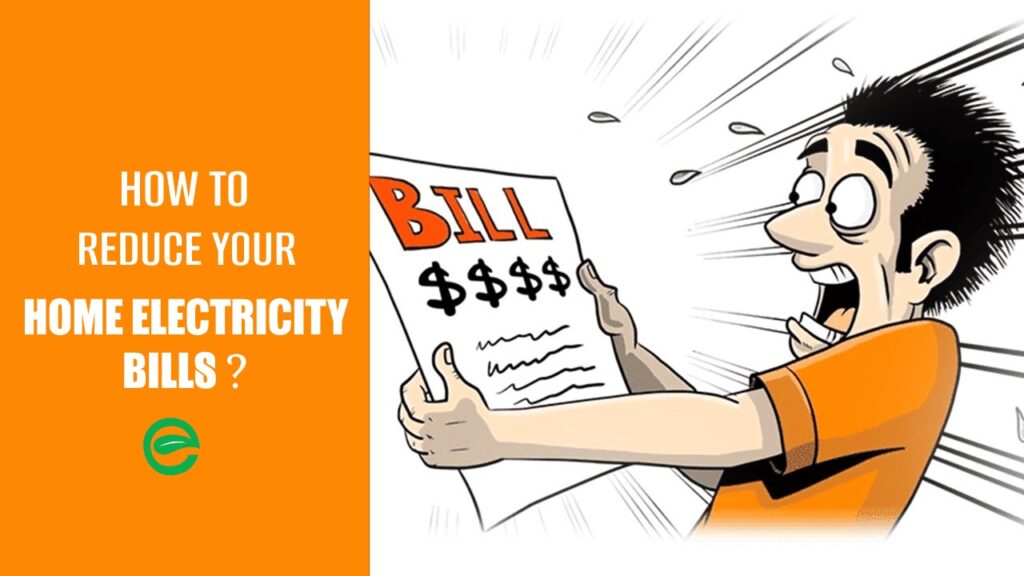Summer brings sunshine, vacations, and outdoor fun—but it also means soaring electricity bills. With air conditioners running non-stop and fans working overtime, energy consumption spikes during the hottest months. Fortunately, there are many effective ways to save electricity in summer without sacrificing comfort.
In this comprehensive guide, we’ll explore 15 proven strategies to reduce energy usage, cut costs, and keep your home cool efficiently.
Why Saving Electricity in Summer Matters
Before diving into the tips, let’s understand why reducing electricity consumption is crucial:
✅ Lower Energy Bills – Cutting down on unnecessary usage saves money.
✅ Reduce Environmental Impact – Less energy consumption means lower carbon emissions.
✅ Prevent Power Outages – High demand in summer strains the grid; conserving energy helps avoid blackouts.
✅ Extend Appliance Lifespan – Efficient usage reduces wear and tear on cooling systems.
Now, let’s explore the best ways to save electricity in summer while staying cool.
15 Effective Ways to Save Electricity in Summer
1. Optimize Your Air Conditioner (AC) Usage
Your AC is the biggest electricity consumer in summer. Here’s how to use it efficiently:
- Set the Thermostat to 24–26°C (75–78°F) – Each degree lower increases energy use by 6–8%.
- Use a Programmable Thermostat – Automatically adjust temperatures when you’re away.
- Clean or Replace Filters Monthly – Dirty filters make the AC work harder.
- Close Doors and Windows – Prevent cool air from escaping.
2. Use Ceiling Fans Wisely
Fans consume much less energy than ACs. To maximize efficiency:
- Run Fans Counter-Clockwise – This creates a cooling breeze.
- Turn Off Fans When Leaving a Room – Fans cool people, not spaces.
- Combine Fans with AC – Allows you to set the thermostat higher.
3. Switch to Energy-Efficient Appliances
Old appliances waste energy. Consider:
- Upgrading to an ENERGY STAR-rated AC – Uses 15–30% less energy.
- Using LED Bulbs – They produce less heat and consume 75% less power than incandescent bulbs.
- Investing in a Smart Power Strip – Prevents phantom energy drain from idle devices.
4. Block Out Heat with Curtains and Blinds
Sunlight heats your home quickly. Reduce cooling needs by:
- Using Blackout Curtains – Block up to 90% of heat.
- Closing Blinds During Peak Sunlight Hours – Especially on south and west-facing windows.
5. Cook Smart to Avoid Extra Heat
Stoves and ovens raise indoor temperatures. Try these alternatives:
- Use a Microwave or Air Fryer – They generate less heat.
- Grill Outdoors – Keeps the kitchen cooler.
- Prepare No-Cook Meals – Salads, sandwiches, and cold soups reduce heat buildup.
6. Seal Leaks and Insulate Your Home
Prevent cool air from escaping by:
- Weatherstripping Doors and Windows – Stops drafts.
- Adding Attic Insulation – Reduces heat transfer.
- Using Door Sweeps – Blocks gaps under doors.
7. Use Exhaust Fans Strategically
Kitchen and bathroom exhaust fans remove hot air. However:
- Run Them Only When Needed – Overuse pulls out cooled air.
- Install Energy-Efficient Models – Look for low-wattage options.
8. Unplug Electronics When Not in Use
Many devices consume standby power. Save energy by:
- Unplugging Chargers, TVs, and Computers – Or use smart plugs.
- Enabling Power-Saving Modes – On laptops and monitors.
9. Dry Clothes Naturally
Skip the dryer and:
- Hang Clothes Outside – Sunlight is free!
- Use a Clothes Rack Indoors – If outdoor drying isn’t possible.
10. Plant Shade Trees and Use Awnings
Natural shade reduces cooling costs:
- Plant Trees on the South and West Sides – Blocks direct sunlight.
- Install Retractable Awnings – Cuts heat gain through windows.
11. Take Cooler, Shorter Showers
Hot showers increase indoor humidity and heat. Instead:
- Use Lukewarm Water – Reduces water heating costs.
- Install a Low-Flow Showerhead – Saves both water and energy.
12. Schedule Heavy Appliances for Nighttime
Run dishwashers, washers, and dryers at night when:
- Temperatures Are Lower – Reduces AC workload.
- Electricity Rates May Be Cheaper – Check with your utility provider.
13. Upgrade to Solar-Powered Solutions
Harness renewable energy with:
- Solar Panels – Cuts long-term electricity costs.
- Solar Water Heaters – Reduces reliance on electric heaters.
14. Stay Hydrated and Dress Lightly
Your body’s cooling system affects energy use:
- Drink Cold Water – Helps regulate body temperature.
- Wear Breathable Fabrics – Cotton and linen keep you cooler.
15. Conduct an Energy Audit
Identify waste with:
- A Professional Home Energy Audit – Finds inefficiencies.
- DIY Checks – Look for leaks, old appliances, and insulation gaps.
Final Thoughts: Save Electricity and Stay Cool This Summer
By implementing these 15 smart strategies, you can significantly reduce electricity consumption while maintaining a comfortable home. From optimizing your AC to using natural shade, every small change adds up to big savings.
Start applying these tips today and watch your summer energy bills drop while helping the environment. Stay cool, save money, and enjoy a more energy-efficient summer!
FAQs on Saving Electricity in Summer
1. What is the best temperature for AC in summer?
Aim for 24–26°C (75–78°F) to balance comfort and efficiency.
2. Do ceiling fans really help save electricity?
Yes! Fans use 1/60th the energy of an AC and allow you to raise the thermostat.
3. How much can I save by switching to LED bulbs?
LEDs use 75% less energy and last 25 times longer than incandescent bulbs.
4. Does unplugging devices really save electricity?
Yes! Standby power can add 5–10% to your bill.
5. Are solar panels worth it for summer energy savings?
Absolutely! They can cut electricity bills by 50% or more over time.
By following these energy-saving tips, you’ll enjoy a cooler home and a lighter bill this summer. Start saving today!

